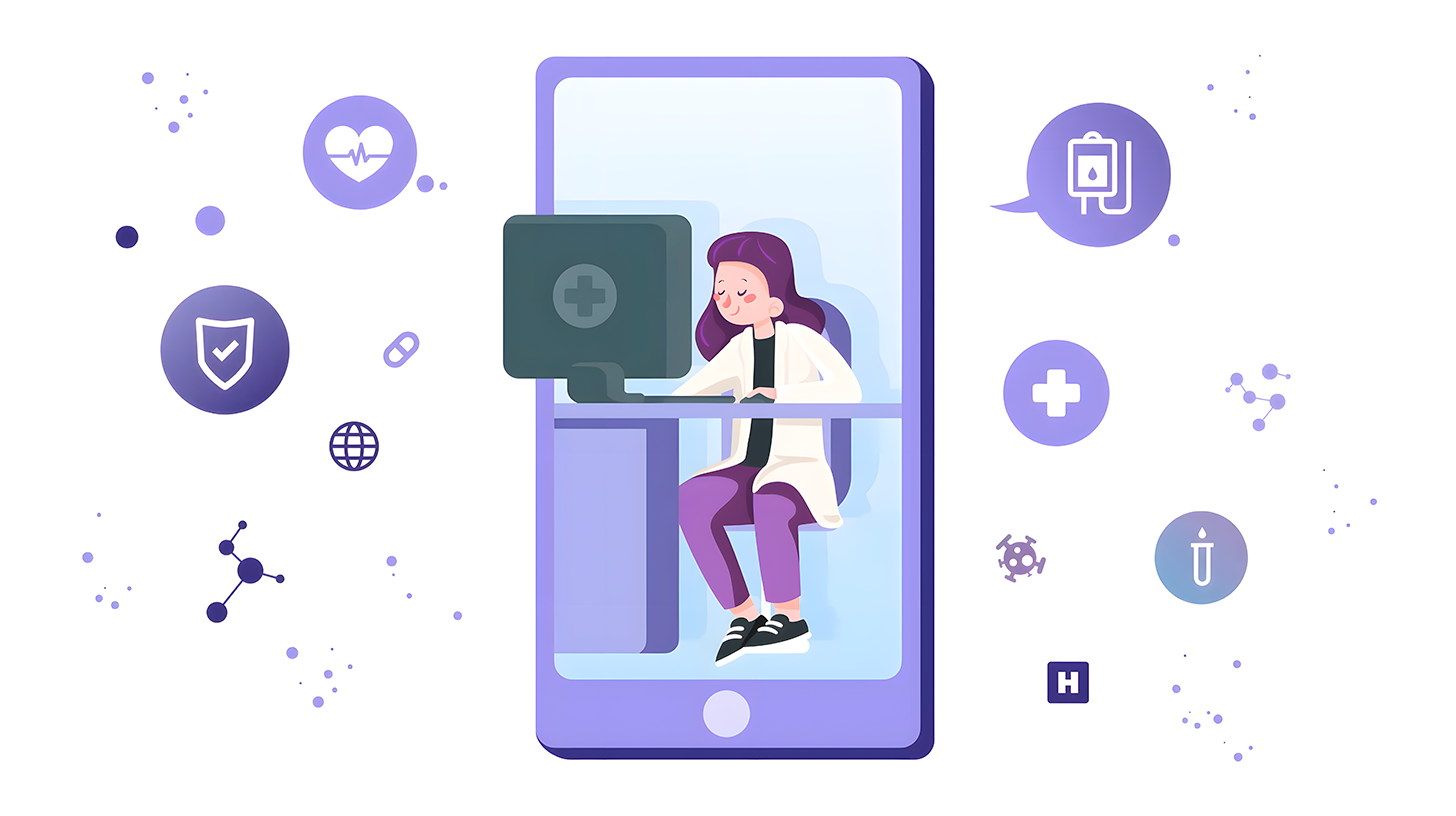In an era when healthcare is increasingly digitized and remote, telemedicine apps are revolutionizing how patients interact with healthcare professionals.
These applications provide a convenient platform for users to receive medical care from the convenience of their homes, thereby saving time and reducing physical contact, which is especially beneficial in times of pandemics. This article explores six interesting telemedicine app development solutions that make such apps stand out.
Video Consultations
One of the most critical features of telemedicine apps is the ability to conduct video consultations. This feature allows patients to have real-time interactions with healthcare providers, giving them the experience of an in-person visit without leaving their homes. Doctors can evaluate patients, diagnose illnesses, and prescribe treatment plans over video calls, making healthcare more accessible and convenient.
Electronic Health Records
Healthcare software development services often include creating tools that allow users to maintain their electronic health records (EHRs). These records include medical history, allergies, lab results, and medication details. EHRs can be shared with healthcare providers to ensure coordinated and efficient care.
Prescription Management
Prescription management is another vital feature of telemedicine apps. This functionality allows healthcare providers to send e-prescriptions directly to pharmacies, eliminating the need for paper prescriptions. Patients can then pick up their medications or have them delivered, further simplifying the process.

Appointment Scheduling
Telemedicine apps also provide appointment scheduling features, enabling patients to list, cancel, or reschedule appointments at their convenience. Some apps even offer automated reminders to help patients remember their upcoming appointments, providing an added convenience layer.
Secure Messaging
Secure messaging features enable patients and doctors to communicate outside of appointments. Patients can ask follow-up questions, discuss symptoms, or share updates about their health. This feature ensures that communication lines remain open and patients can access needed help.
Health Monitoring
Some telemedicine apps have health monitoring features that allow patients to track vital signs like heart rate, blood pressure, and glucose levels. These data can be shared with providers to monitor patient health remotely and make necessary adjustments to treatment plans.
In conclusion, telemedicine apps are transforming healthcare by making medical care more accessible and convenient. With features like video consultations, electronic health records, prescription management, appointment scheduling, secure messaging, and health monitoring, these apps are not just a trend—they’re the future of healthcare.

